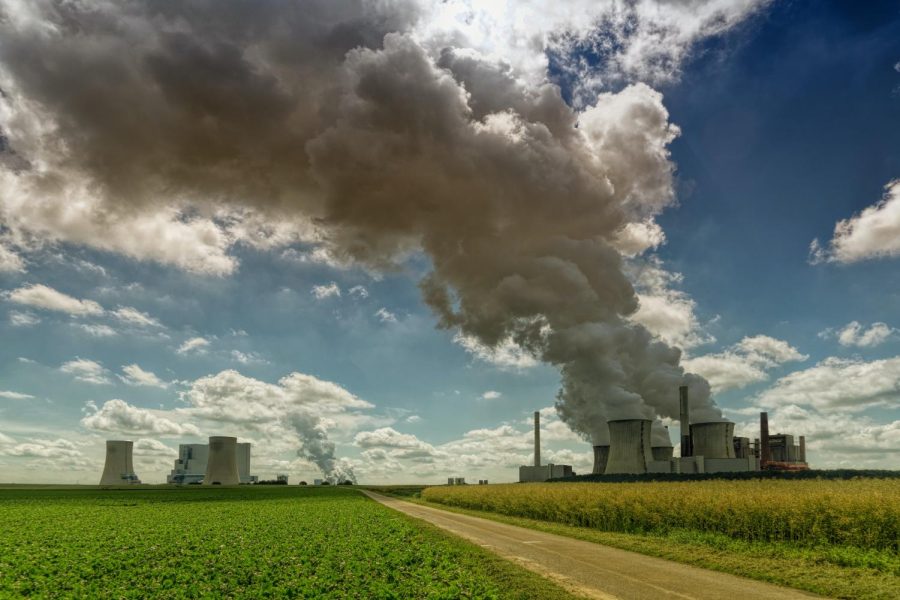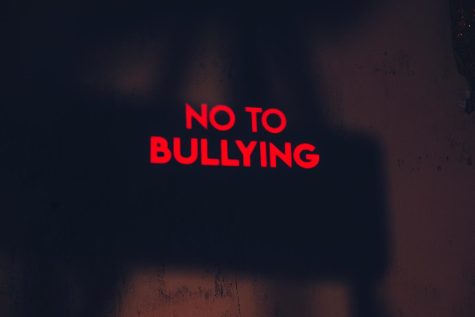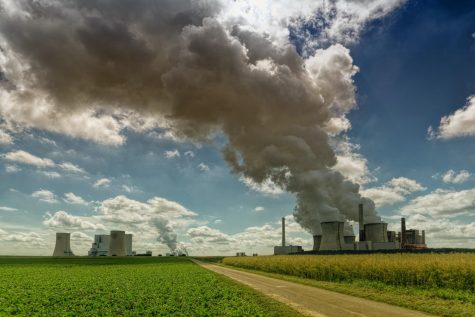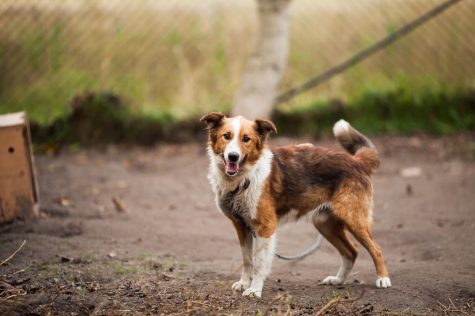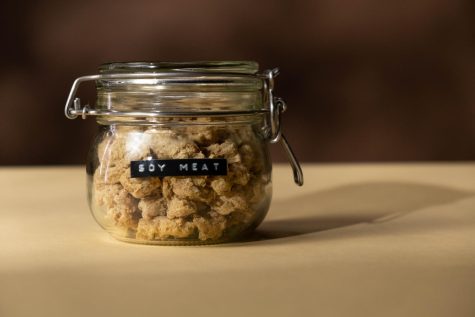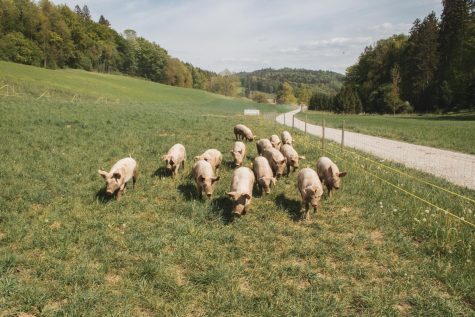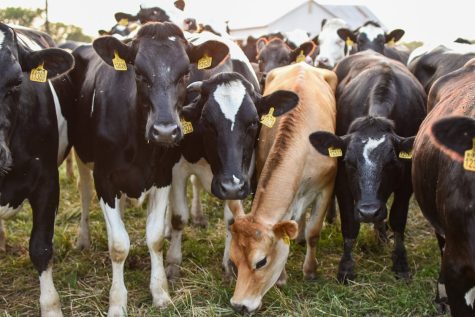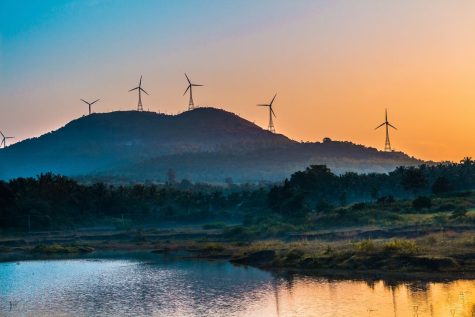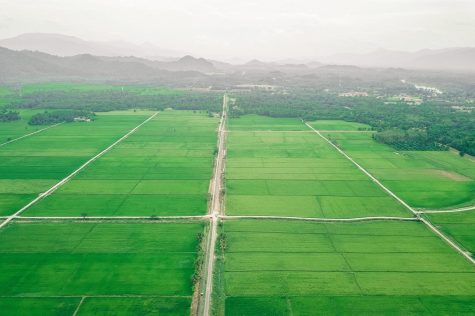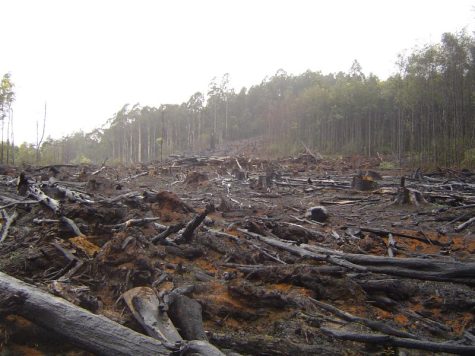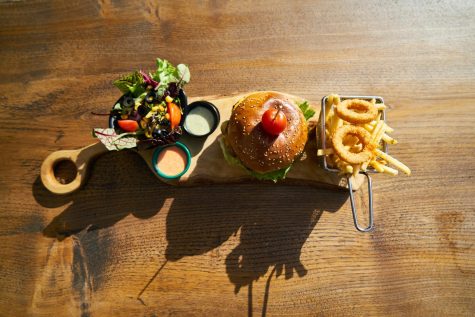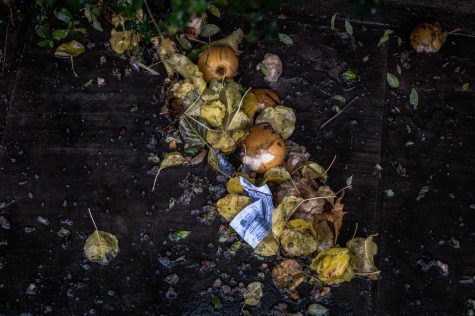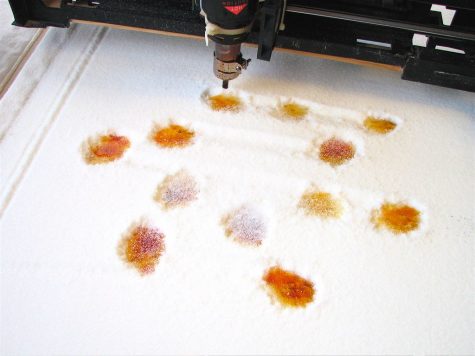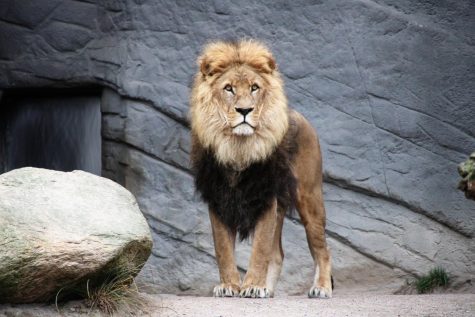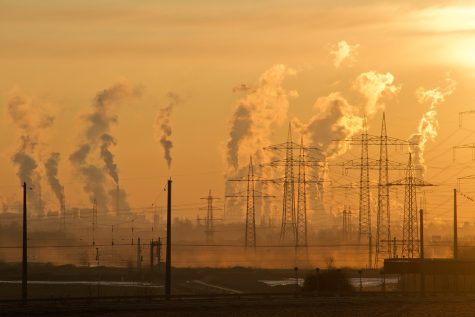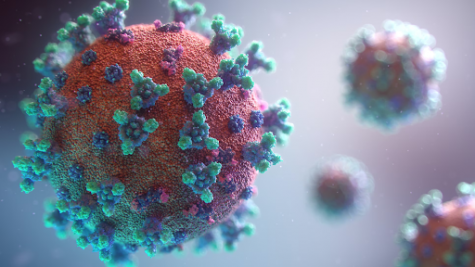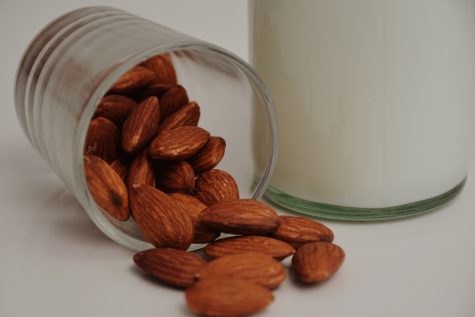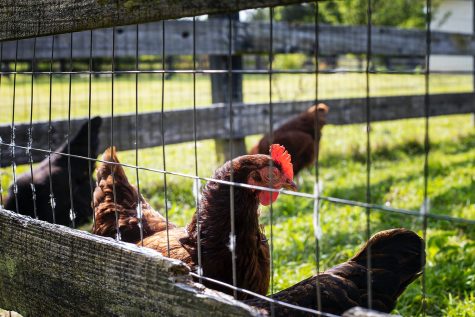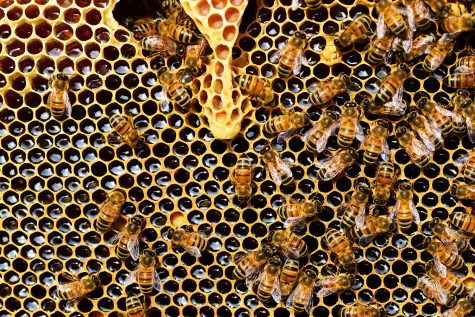Human rights in the meat industry
Photo by Johannes Plenio via Pexels
From cattle drives to refrigerated carts, the meat industry has come a long way from its roots in the mid-1900s. Meatpacking plants have become more streamlined, with advanced technology, mechanical slicers, and assembly lines. However, this industry has not seen changes for the betterment of the workers as the industry still operates in a way that exploits workers.
People are becoming increasingly aware of animal rights and their treatment in commonplace factory farms. Many of the horrors have been revealed to the public, and whether an individual takes action or not, they are more informed than ever before.
Today’s industrial meat industry got its start in the mid-1600s, with the first meatpacking facility loading meat into barrels for export. Over the years, cattle drives started to take place, meat started to gain popularity, and the demand was so significant that small family farms couldn’t keep up with the pace. This became the grassroots for cattle barons, typically rich men who controlled most of the cattle industry in the 19th century. The “railroad revolution” had begun in the US, so it was easier than ever to transport cattle around the country. The development of refrigerated carts meant that processed meat could be transported too. At this point, meatpacking plants have become more streamlined, with advanced technology, mechanical slicers, and assembly lines.
Every year, the meat industry raises and kills cows, sheep, pigs, chickens, and turkeys in the billions, all of which have their own extreme environmental impact. Livestock contributes to 14.5% of emissions, drives deforestation, and pollutes the air and waterways, risking the health of local communities.
Along with this human impact, the industry operates in a way that routinely and systemically exploits human beings working in their own supply chains. There have even been schemes to alter their wages, benefits, and healthcare to make them as cheap as possible.
The industry is run on exploitation, so lawsuits or legal settlements are not enough to change the meat industry. This is because they aren’t getting any attention or are being swept under the rug, and consumers are under informed. Conscientious consumers who read meat labels don’t realize that these words aren’t promising that humans are being treated humanely.
Despite technological advances, hundreds of thousands of women and men do the dirty, demanding, and dangerous work. Workers at poultry, cow, and hog slaughtering and processing plants have some of the highest rates of injury and chronic illness in the country, according to the Occupational Safety and Health Administration (OSHA).
Similar to other jobs that have the same rigorous work schedule and low wages in the United States, the labor relies on the most marginalized groups. People of color, women, and immigrants are working in these hazardous and exhausting conditions. There are personal accounts of workers being pushed past their physical and mental limits, facing constant pressure from their bosses to keep the line moving.
Through assertive communication with Congress and administrations, there should be sufficient resources to properly oversee the implementation of higher standards, along with more transparency in the industry by reforming injury reporting requirements and increasing the summoning of employer records.
An easier solution would be to take personal accountability and support a plant-forward system for the animals, the planet, and our own human race. In general, food production needs to get smaller and shift back into local communities.
